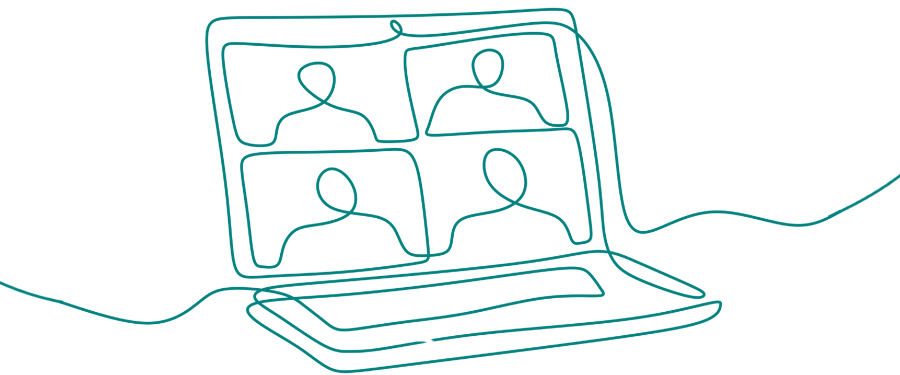
Detecting Multiple Myeloma
If you have no symptoms you may have:
- Monoclonal gammopathy of undetermined significance (MGUS): This condition can turn into multiple myeloma
- Smoldering myeloma: This condition can turn into multiple myeloma.
If you have symptoms you may have:
- Multiple Myeloma (MM): This condition can turn into multiple myeloma
- Plasmacytoma: This cancer affects plasma cells and can turn into multiple myeloma
Common symptoms of multiple myeloma include:
- Bone pain, especially in the back or ribs
- Bones that break easily
- Fever for no known reason or frequent infections
- Easy bruising or bleeding
- Trouble breathing
- Weakness of the arms or legs.
- Fatigue
Related Links
Risk factors that may increase your chance of developing multiple myeloma include:
- Age: Most people are diagnosed in their late 60s.
- Being male: Men are more likely to develop the disease
- Being Black: It is more common among Black people, who also are diagnosed at a younger age.
- Family History: Having a sibling or parent with multiple myeloma increases the risk of the disease
Related Link
Expert Tips
- Get information about choosing a myeloma specialist or treatment center
- Talk with loved ones about how they can help you
- Find out what your insurance covers
- Find out if you have any specific mutations and how that relates to treatment
- Talk openly with your doctor about your fears or concerns
- Determine if financial assistance is available
Related Links
Understanding Myeloma | How You Can Collaborate in Your Care
Is It Possible to Achieve Health Equity in Multiple Myeloma?
Tools to help you feel activated and connect with resources to overcome barriers to accessing care.
Topics:
- Tools for Veterans and First Responders with Multiple Myeloma
Tools to help you feel activated and connect with resources to overcome barriers to accessing care.
Topics:
- Understanding CAR T-Cell Therapy Eligibility and Process
- CAR T-Cell Therapy Treatment and Research
- [ACT]IVATED CAR T-Cell Therapy Resources
Empowers myeloma patients and families by addressing factors like age, ethnicity, and insurance that impact outcomes. Gain confidence in your healthcare decisions, no matter where you live.
Topics:
- Multiple Myeloma Patient Self-Advocacy Profiles
Aims to provide digital literacy skills training with a series of easy-to-follow video modules, coupled with resource guides to educate you on technology and online support tools.
Health education series that provides tools for clear and effective communication between providers and patients, encourages self-advocacy and empowerment, and promotes equal-access.
Topics:
- Multiple Myeloma Patient Self-Advocacy Profiles
- Multiple Myeloma Community Care
Improves myeloma patients’ and caregivers’ familiarity with remote access to healthcare, and thus increase quality of care regardless of geographical location.
Topics:
- Accessing and Preparing for a Multiple Myeloma Telemedicine Visit
- The Impacts of Telemedicine for Multiple Myeloma Patients
- Health Equity and Disparities in Multiple Myeloma
- Multiple Myeloma TelemEDucation Resources





